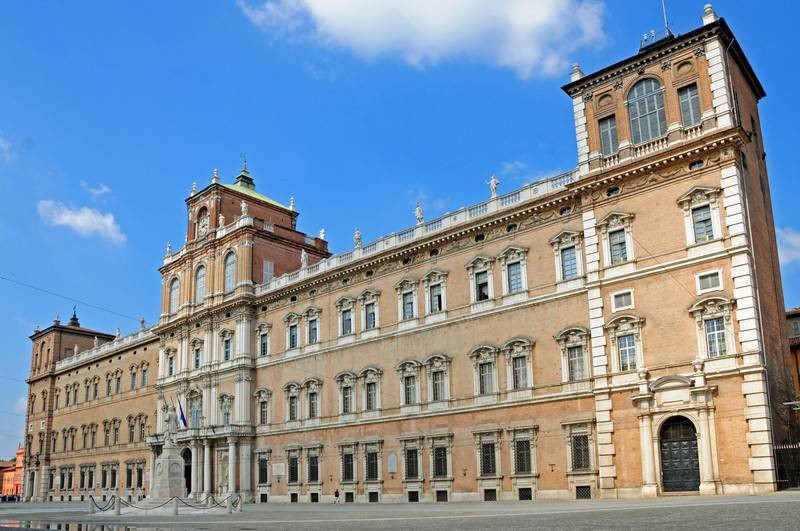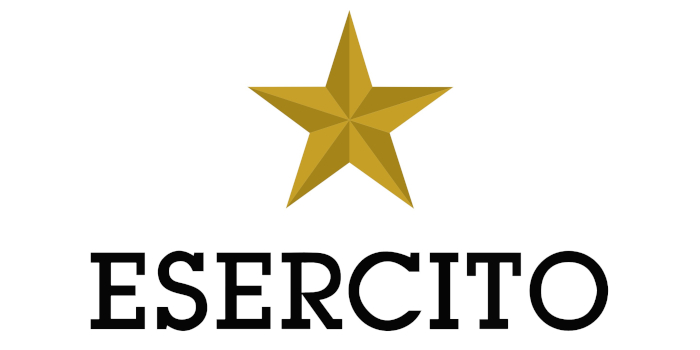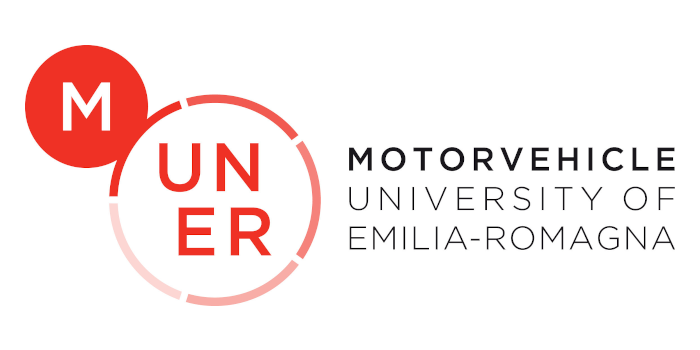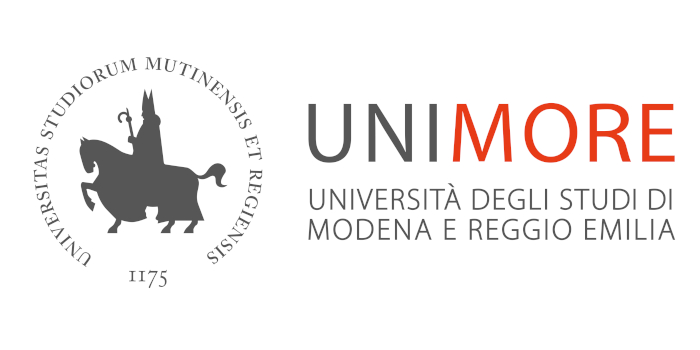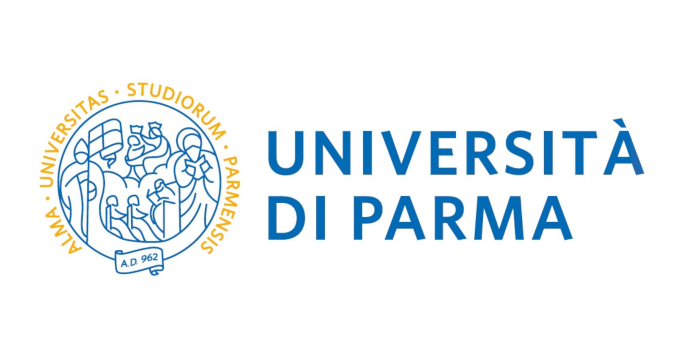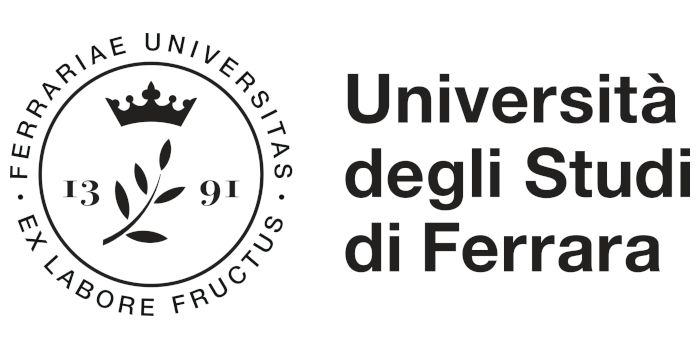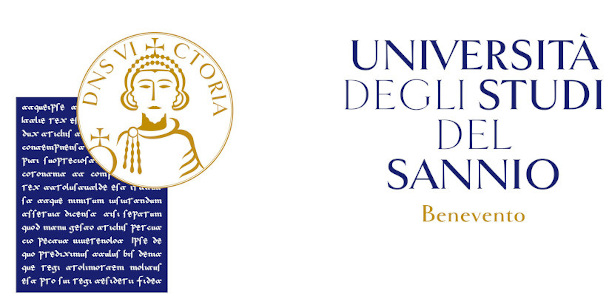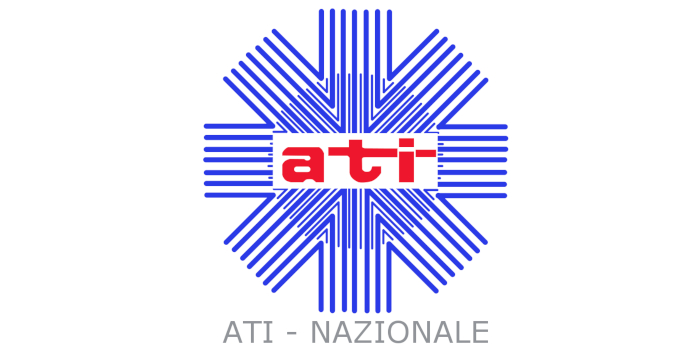Palazzo Ducale.
ADDRESS
The current Palace stands on the site that was once occupied by the castle erected in 1291 by Obizzo d'Este, Marquis of Ferrara. This is where the various canals of Modena, that flow from the south toward the Po river, converged and joined forming the moat of the fortress, finally emerging united from the rear, along what is now Viale Vittorio Emanuele II.
After the devolution of Ferrara to the Pope, Modena became the capital of the Duchy of Este in 1598, and Duke Cesare d'Este settled in the medieval castle, which appeared unsuitable for the needs of a European court. Therefore, his nephew Duke Francesco I d'Este commissioned the construction of a new palace beginning in 1634, designed by architect Bartolomeo Avanzini, with contributions from Girolamo Rainaldi, Gian Lorenzo Bernini, Francesco Borromini, and Pietro Da Cortona. In terms of size and magnificence, the palace is among the most prestigious royal palaces in Europe, and until the last Duke Francesco V of Habsburg-Este (1859) was also the seat of the Estense Court.
The elegant facade has three flanking window plans, crowned by balustrades with statues. The central and side parts are elevated. The Cortile d'Onore, with an elegant two-story loggia, is a masterpiece of Baroque architecture. From here one enters the Scalone d'Onore adorned with Roman statues, which leads to the Loggia and the numerous rooms of the State Apartment.
After the exile of the House of Este in 1859 and the plebiscite (March 1860) that sanctioned the annexation of the Royal Provinces of Emilia (including the former Duchy of Modena) to the Kingdom of Sardinia-Piedmont, the Palace passed to the Royal House of Savoy. It was King Vittorio Emanuele II, on the occasion of his first visit to Modena on May 4, 1860, just about ten months before assuming the title of King of Italy, who donated it to the Military School of Infantry, opened by General Manfredo Fanti.
The two terrible world wars resulted in several damages and spoliation to the Palace. After the Second World War the President of the Italian Republic, Enrico De Nicola, returned the Palace to the Army on December 8, 1947.
Today, the prestigious Modena Military Academy is based here.

